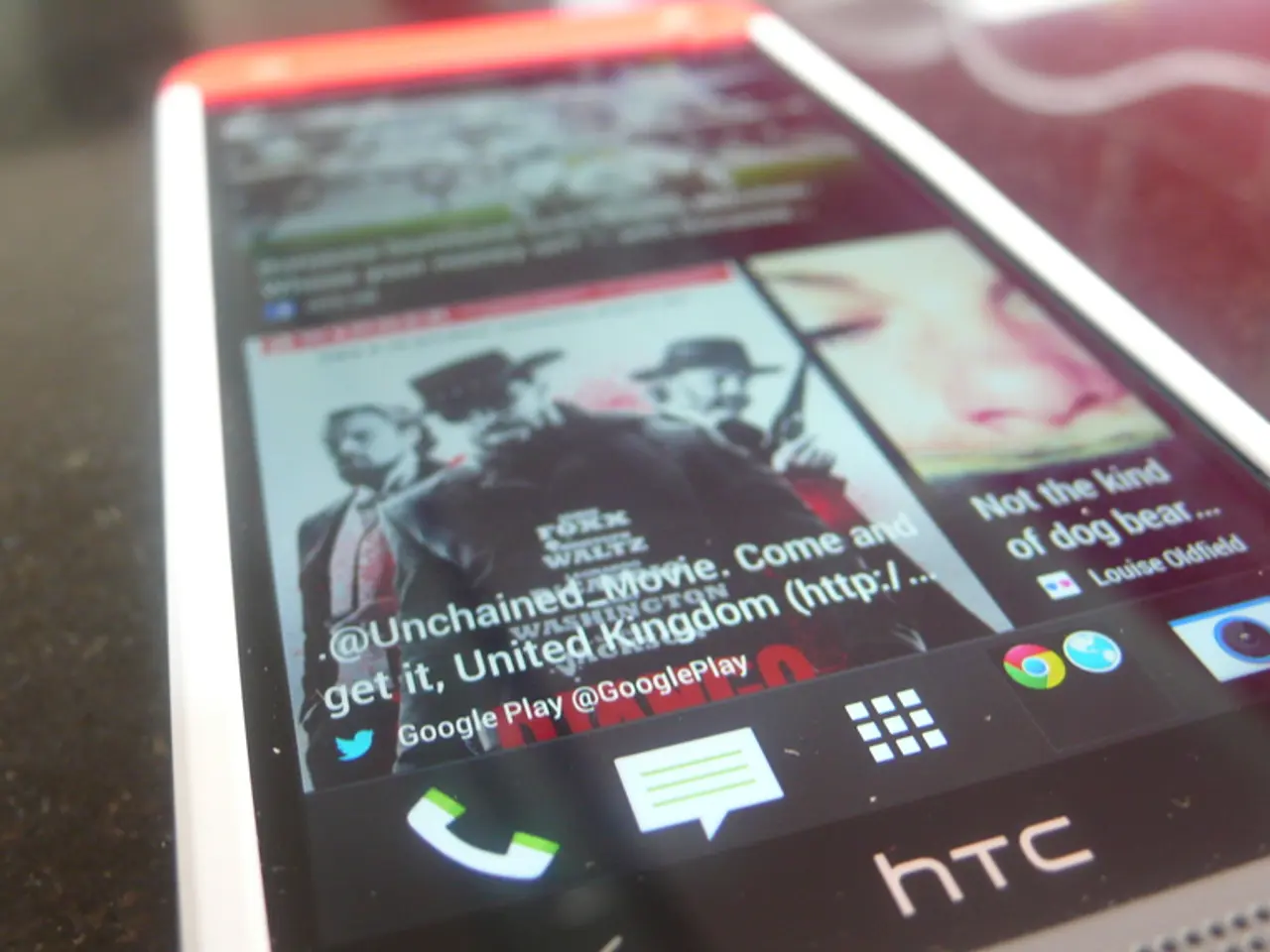Enhanced Infographics Now Accessible on Mobile Devices
In a move to cater to the growing trend of content consumption on mobile devices, an infographic publishing company has recently unveiled a new feature that ensures all published and embedded views of their infographics are responsive.
This innovative step involves the use of a suite of responsive design techniques, going beyond simple rescaling to deliver optimal experiences on mobile devices. The strategy includes a mobile-first approach, fluid and adaptive layouts, media queries, responsive media, accessible touch targets, simplified mobile views, testing and iteration, and content adaptation for context.
**Mobile-First Design** The company begins by designing the infographic layout for the smallest screen first, progressively enhancing features for larger devices. This ensures essential content and functionality are prioritized, delivering a cleaner, faster experience on smartphones.
**Fluid & Adaptive Layouts** Modern CSS tools like Grid and Flexbox allow infographics to use flexible, fluid layouts that automatically adjust to any screen size or orientation. Relative units (e.g., %, vh, vw) prevent rigid, fixed-scale layouts, making content naturally responsive.
**Media Queries** CSS media queries detect device characteristics and apply specific styling rules, such as stacking columns vertically on phones and arranging them horizontally on desktops, ensuring infographics maintain their visual coherence and readability regardless of screen size.
**Responsive Media** Images and visuals are optimized with techniques like srcset for dynamic image selection, scalable vector graphics (SVG), and modern formats (e.g., WEBP) for faster loading on mobile networks. Publishers also compress and lazy-load images to maintain performance on slower connections.
**Accessible Touch Targets** All interactive elements, such as buttons or links, are sized to at least 24×24 pixels, accommodating users with motor impairments and preventing accidental taps. Sufficient spacing between targets further enhances usability on touch screens.
**Simplified Mobile Views** For complex visualizations, publishers may create simplified versions for mobile users, ensuring clarity and reducing cognitive load.
**Testing and Iteration** Infographics are rigorously tested on a range of real devices and browsers, with iterative refinements based on user feedback and analytics.
**Content Adaptation for Context** Publishers may use conditional loading to swap heavy desktop elements (e.g., detailed charts) with lighter summaries for mobile users. Layouts are modular, allowing content blocks to be reordered for optimal vertical stacking on phones.
**Tailored Calls-to-Action** Eye-catching calls-to-action are prominently positioned and restyled for mobile contexts, maximizing engagement for users on the go.
The company encourages users to provide feedback to improve mobile views, either by email (info@our website) or comments. Users can publish their infographics by clicking on the "Publish" button, and the infographic's width will automatically scale to fit the narrow width of a blog or webpage when embedded. Embed views of the infographics are now automatically responsive to the size of the blog or webpage they are embedded on.
This new feature is part of the company's ongoing efforts to enhance mobile-friendly content creation. The company plans to continue developing mobile-friendly creation tools for infographics. An example of an infographic automatically scaling to fit the narrow width of a blog was provided. Users can share their published infographics using the provided embed code, and the infographic can be zoomed in using the pinch gesture on mobile devices if necessary. After publishing, the URL and embed code of the infographic can be found in a dropdown menu.
- To ensure the best user experience when viewing infographics on smartphones, the company employs a mobile-first design approach, where the infographic layout is optimized for the smallest screen first, making it cleaner and faster on smartphones.
- This infographic publishing company's suite of responsive design techniques includes using technology like modern CSS tools, media queries, and responsive media, allowing gadgets with smaller screens, such as smartphones, to display infographics seamlessly, regardless of screen size or orientation.




